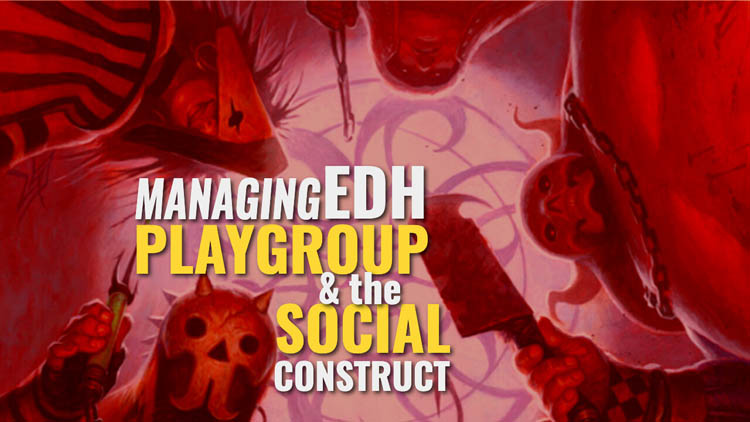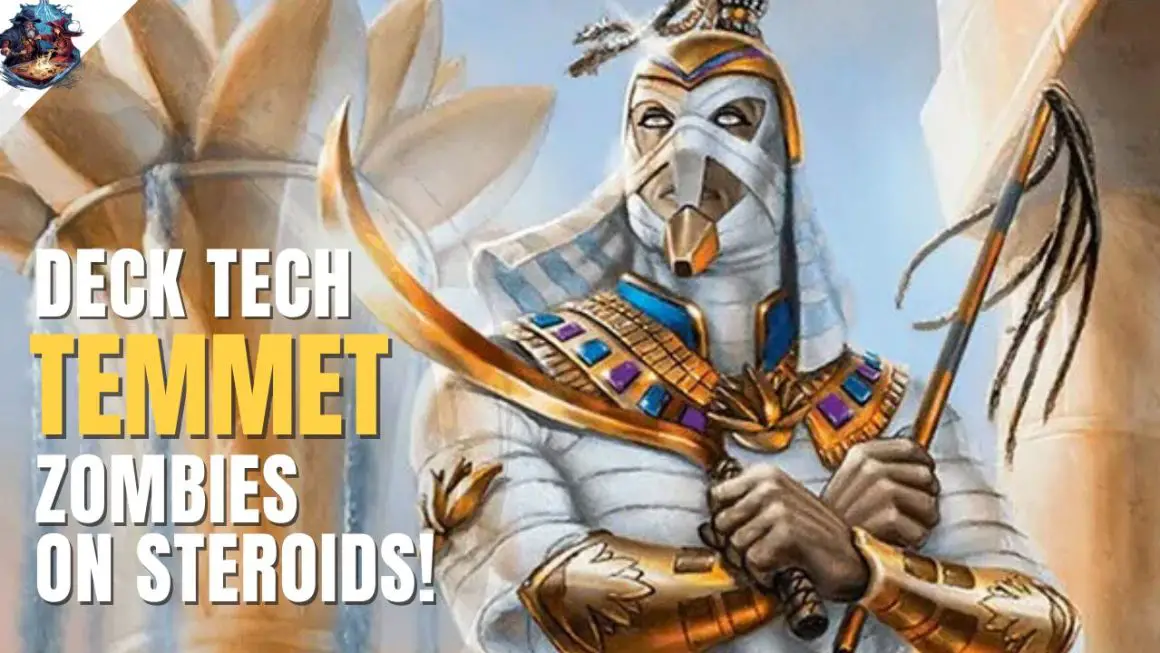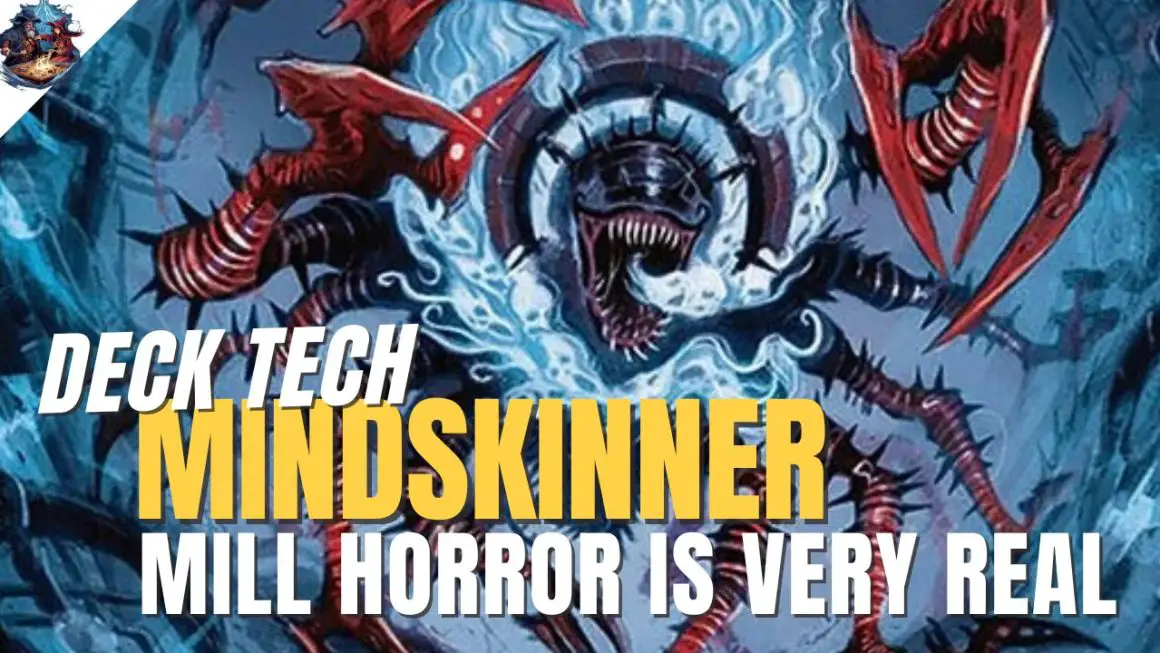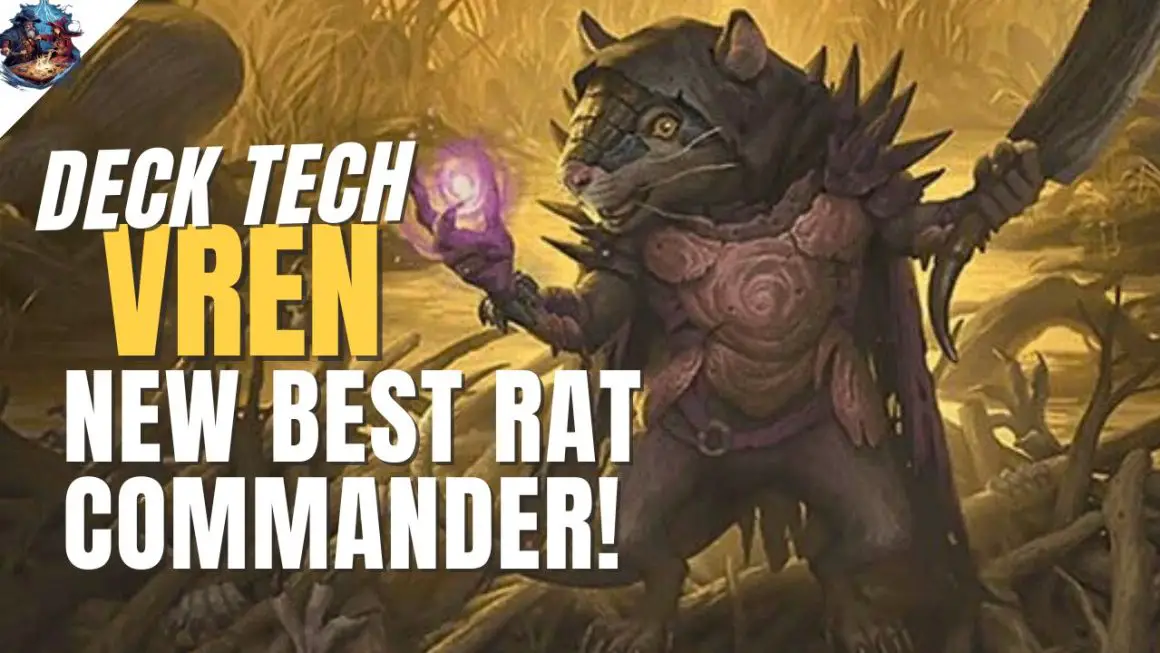If it was ever in question before, there is surely no doubt about it now – multiplayer Elder Dragon Highlander (EDH), or Commander, is the most popular Magic: the Gathering format in the world.
Wizards of the Coast, the company that develops and distributes the game, achieved record profits in 2020 – a year that was aptly dubbed the “Year of Commander.” This year saw a shift in the company’s targeting to focus more on EDH (the original name of Commander) players; they changed Planeswalker Decks tied to each set, to ready-to-play preconstructed (or “precon”) Commander decks instead.
They also reprinted essential cards with Commander Collection: Green, and produced the massively successful direct-to-format Commander Legends set. Aside from that, the Secret Lair series gave them an immense boost through direct sales to players, and a large amount of Legendary creatures started appearing with increased frequency in Standard sets. With so many precons, cards and strategies being introduced every set, new players can easily jump into the format and have fun with their friends with nearly any strategy under the sun.
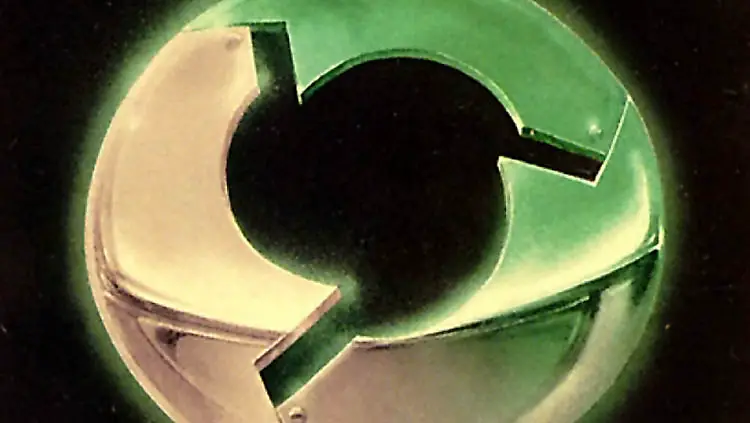
Why is Commander/EDH so popular? The most common answer, I think, is the social aspect of a multiplayer format. While competitive 1v1 Magic is an intense battle with very clear strategies and highly tuned card choices. But the spirit of Commander, at its core, is to have fun in a group while playing with a deck led by a general that you love!
Competitive vs Non-competitive: It’s Up to You
As with any game that requires you to play alongside or against others, though, there are players who behave in a less-than-savoury manner and ruin the experience for others. Toxicity is an oft discussed topic with many nuances (and that’s just in the gaming sphere!), but the one I see most frequently in Commander circles is the competitive vs non-competitive argument.

To address this, let’s first define what “competitive EDH”, or cEDH, is.
cEDH proposes that decks should have finely-honed strategies optimised purely for victory and have no “pet” or “flavour” cards. Often, decks will have one or two central strategies with many ways to find and protect that strategy, and contain the most powerful (and usually the most expensive) cards that their colour identities allow for. Players are expected to play in a way to secure their own victory, with little to no discussion or politicking, which is common in regular EDH games.
This would seem to be in direct contrast to the philosophy of EDH.
“Commander is for fun. It’s a socially interactive, multiplayer Magic: the Gathering format full of wild interactions and epic plays, specifically designed as an alternative to tournament Magic. As is fitting for a format in which you choose an avatar to lead your forces into battle, Commander focuses on a resonant experience.
Each game is a journey the players share, relying on a social contract in which each player is considerate of the experiences of everyone involved–this promotes player interaction, inter-game variance, a variety of play styles, and a positive communal atmosphere. At the end of an ideal Commander game, someone will have won, but all participants will have had the opportunity to express themselves through their deck building and game play.”
But wait a minute… According to this, as long as everybody is having fun, it’s okay, right…? No, not quite. Everyone’s idea of fun is different – you don’t want to wait until a game ends and everyone else is tilted to find out the new guy brought a cEDH deck to casual Fridays.
So then the logical solution would be to manage expectations and have everyone bring decks of roughly the same strength so everyone can have fun together.
Enter the power level chart.
The Power Level Chart
The power level chart proposed by u/emillang1000 on Reddit is promising. By “ranking” your deck according to the chart, you can approach new playgroups and give them a gauge of how strong or tuned your deck is so everyone knows what can be expected from the deck – no turn 2 Hermit Druid wins at a power level 6 table, for example, and everyone can have a cEDH night when they feel like it.
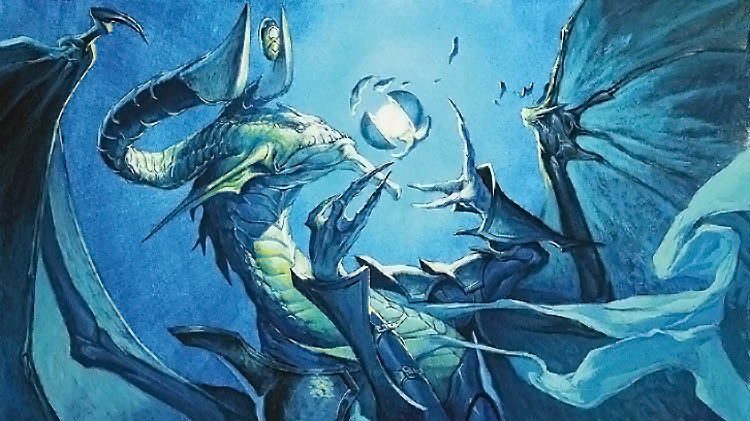
This might work for the lower levels of the chart, but when we get to 8, 9, and 10 the lines begin to blur. Players will often claim their decks are 7-8 just so their deck wouldn’t be thought of as “cEDH”, but may be highly tuned to the point of being a competitive deck. cEDH players also maintain a database of commanders, strategies, and decklists that are considered to be valid, tried-and-tested cEDH strategies, so this chart probably doesn’t mean much to them, either. Some of the descriptors used are also somewhat arbitrary.
Apart from the “generalised description” segment, turn count is also a poor indicator as to how fast games tend to last for that tier of deck. Sure, with an absolute nut draw, a competitive deck might win on turn 0-2, but how often does that happen? If you watch YouTube channels like Playing With Power that produce cEDH content, you’ll see that games often last an hour or so, and many end between turns 5-7 or beyond because everyone is prepared to deal with that level of play.
The chart itself is also problematic in other ways (particularly how the author talks down to budget players/newbies), but that’s not what we’re discussing in this article – check out the thread for the full scoop!
House Rules & Modified Ban Lists
So, in a controlled playgroup setting, perhaps an alternative solution would be to have house rules and modified ban lists to accommodate each group’s preferred power level and budget. Most groups I’ve interacted with have an unspoken ban against mass land destruction (MLD) cards like Armageddon or heavy MLD-strategies like a looping Wasteland.
Next would probably be mass Discard or Mill, followed by “death and taxes” or Stax strategies, which aim to hinder and slow the game down with cards like Winter Orb and Smokestack. At their core, these strategies prevent players from executing their strategy, and are therefore considered “unfriendly.” I’ve also encountered rules such as “no infinite combos,” or “no tutor effects”, which help to allow more varied strategies to flourish.
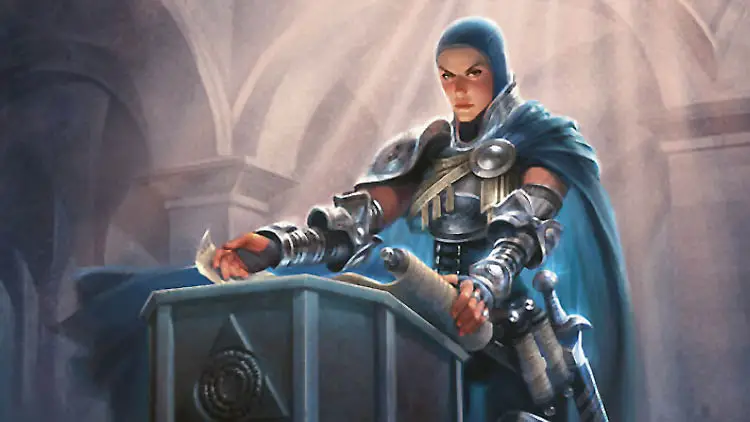
At its core, the logic behind these rules is sound – by limiting “unfriendly” cards and interactions, everybody has a better chance at executing their preferred strategy without being completely blown out of the water by something they’re not comfortable playing against. It also stops friendly groups from being reduced to an arms race, forcing everyone to spend more to upgrade their decks just to keep up with everyone else.
There are some problems to this, though. Most store events or Magic Fest/Grand Prix side events will not account for your own house rules, so you might run into decks playing house-banned cards and strategies in those events. Similarly, if you play with multiple groups, some groups may have different restrictions or house bans, so you’d have to build at least 1 deck to play with each of those different groups. Rules that are too strict may also alienate new players.
The True Spirit of Commander/EDH
The recent banning of Golos, Tireless Pilgrim and the vast difference in how players reacted to it planted the seed behind this article in my head. It’s possibly one of the most divisive bans ever made, but one I do feel was definitely warranted.
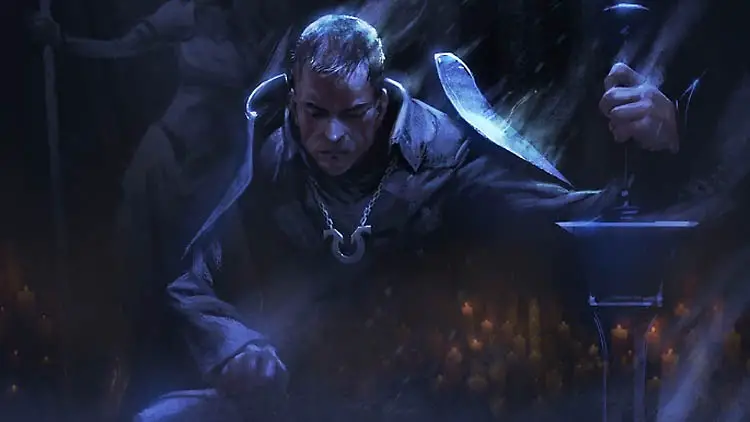
Ultimately, I don’t think there is a universal solution for this problem no matter how you slice it. My opinion is that we should always communicate with whomever we are playing with to find out what kind of strategies are cool, are there any house rules to follow, or if there are any special bans that the group has allowed.
We should compromise where we can for the sake of the group’s enjoyment, but if we’re not having fun anymore, then it’s probably for the best if we try and find a different group to play with. I count myself lucky to be a part of many different groups and I’m able to tailor specific decks for groups with house rules, but not everyone has the means to maintain multiple decks.

With the huge influx of new players, I feel it is important to address the Terastodon in the room so everyone is aware of the divide. Rather than widen the fissure, I hope that with this article, players are able to anticipate this issue and manage it in a healthy manner.

